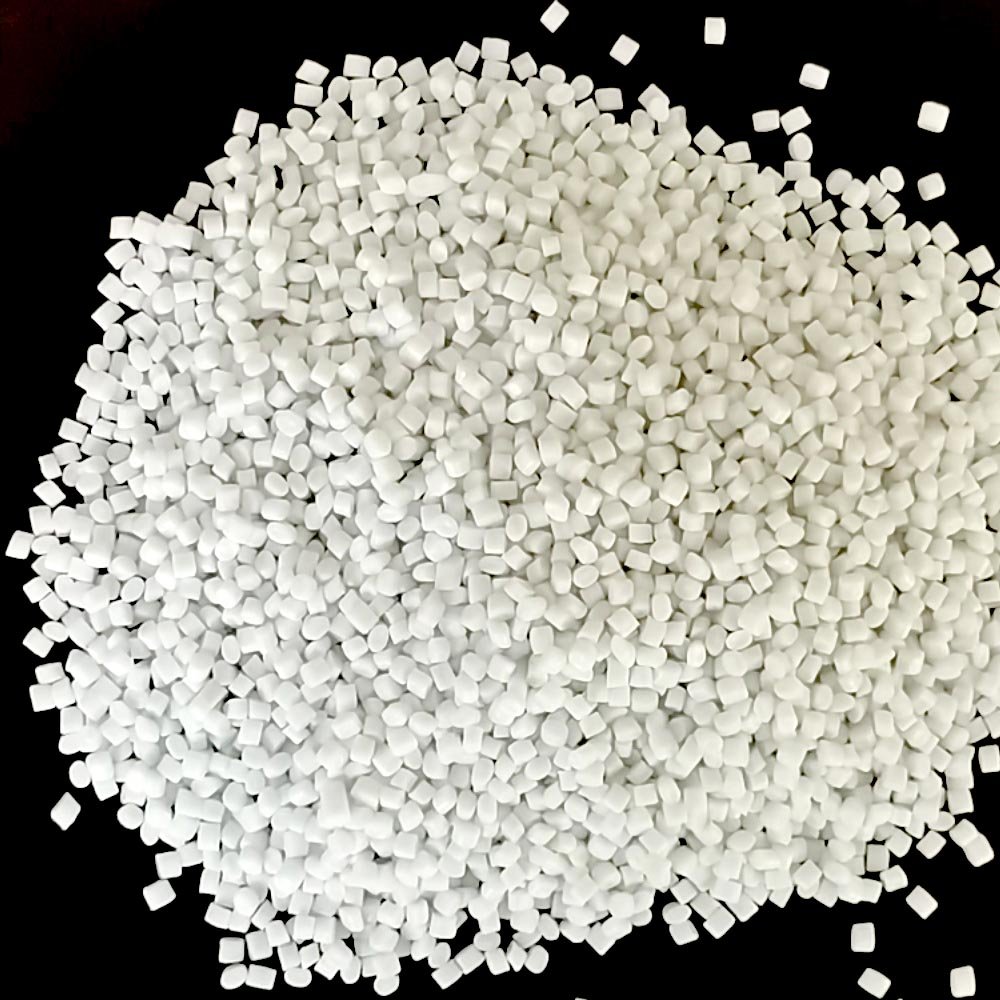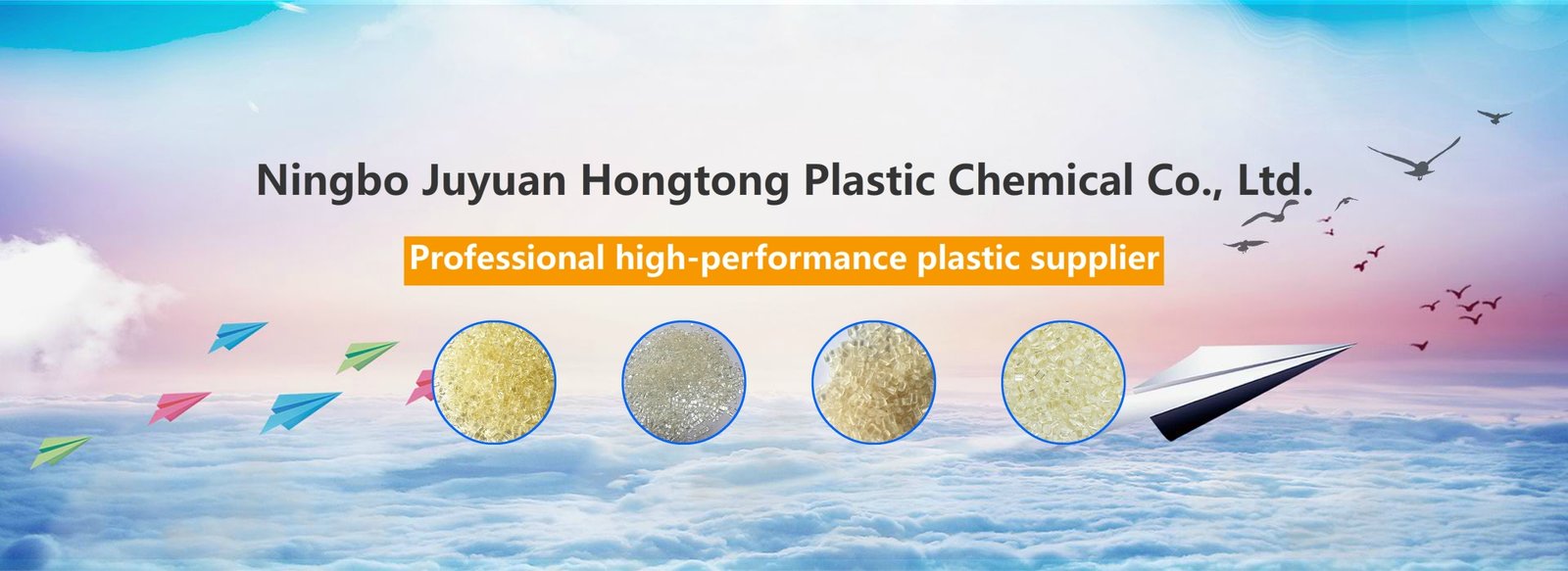1. PET vs. PETG: The Essential Differences Between Two Common Polyester Plastics
Among the polyester plastic family, PET (polyetylen terephthalat) and PETG (copolymer-modified PET) are two extremely versatile materials. Despite their similar names, structural differences determine their distinct processing methods, performance, and applications.

2. Structural and Morphological Differences
| Category | THÚ CƯNG | PETG |
| Molecular Structure | Linear polyester, partially crystalline | Contains CHDM comonomer, amorphous |
| Physical State | Semi-crystalline or amorphous | Fully amorphous (transparent) |
| Vẻ bề ngoài | Semi-transparent or milky | High gloss, high transparency |
| Forming Features | Requires high-temperature drying; crystallinity affects appearance | Wide processing temperature range; no crystallization needed |
PET is a semi-crystalline material, with its crystalline regions imparting excellent rigidity and heat deflection temperature. PETG, by adding CHDM (cyclohexanedimethanol), disrupts the crystalline structure, rendering the material completely amorphous, resulting in improved optical clarity and processing flexibility.
3. Performance Comparison Analysis
| Tài sản | THÚ CƯNG | PETG |
| Tính minh bạch | ⭐⭐⭐ | ⭐⭐⭐⭐⭐ |
| Sức mạnh tác động | ⭐⭐⭐ | ⭐⭐⭐⭐ |
| Nhiệt độ lệch nhiệt | ⭐⭐⭐⭐ | ⭐⭐ |
| Độ ổn định kích thước | ⭐⭐⭐⭐ | ⭐⭐⭐ |
| Ease of Processing | ⭐⭐ | ⭐⭐⭐⭐⭐ |
| Reprocessability (Bending/Welding) | ⭐ | ⭐⭐⭐⭐ |
| Độ bóng bề mặt | ⭐⭐⭐ | ⭐⭐⭐⭐⭐ |
4. Process Compatibility and Molding Performance
・PET: Requires high-temperature drying (80–120°C, ≥4 hours) and is sensitive to cooling rate. Commonly used for injection molding and blow molding of preforms.
・PETG: Can be processed directly without pre-crystallization. It supports a variety of processes, including blister forming, heat bending, vacuum forming, and CNC cutting.
PETG's process compatibility gives manufacturers greater flexibility for small-batch trial runs and complex shapes.
5. Typical Applications
| Ứng dụng | THÚ CƯNG | PETG |
| Beverage bottles & food packaging | ✅ Mainstream material | ✅ Used for premium transparent packaging |
| Medical devices | ⚙️ Limited applications | ✅ Suitable for sterilizable transparent housings |
| Display stands & light covers | ❌ Not suitable for heat bending | ✅ Easy to thermoform |
| Engineering components | ✅ Excellent mechanical strength | ⚙️ Slightly lower strength |
| 3D printing filament | ⚙️ Rarely used | ✅ Popular filament material |
6. How to choose: PET vs. PETG?
| Yêu cầu | Vật liệu được đề xuất |
| High heat and mechanical strength | THÚ CƯNG |
| High clarity and complex forming | PETG |
| Medical, packaging, or display use | PETG |
| Structural and load-bearing parts | THÚ CƯNG |
7. Procurement FAQs
Q1: Can PETG replace PET?
Yes, but the heat distortion temperature and structural strength requirements need to be evaluated. PETG is easier to process but has lower heat resistance.
Q2: Does PETG cost more than PET?
Usually, it's slightly higher, about 10–20%, but it can reduce mold loss and scrap rates for complex thermoformed parts.
Q3: Is PETG food contact safe?
Yes, PETG generally meets FDA and EU food contact standards and can be used for transparent packaging and medical devices.
8. Juyuan's Supply and Service Advantages
As an international supplier with 24 years of experience in plastic raw material trading, Juyuan offers:
・A stable supply chain for THÚ CƯNG and PETG raw material pellets;
・Multi-brand channel resources (Eastman, SK, TEIJIN, etc.);
Global export experience, providing material certification and processing technology support;
・A full range of polyester raw material solutions suitable for various processes, including injection molding, extrusion, and blister molding.
This allows buyers to more efficiently complete the entire process from material selection to production.

